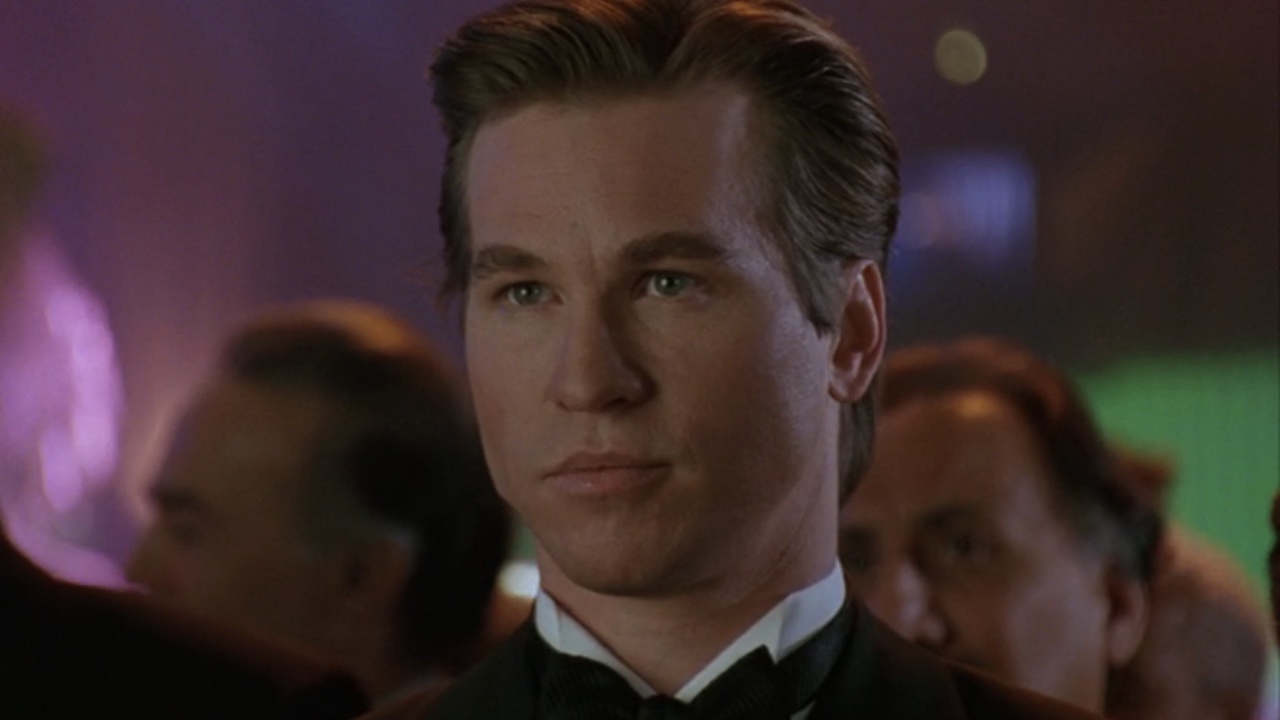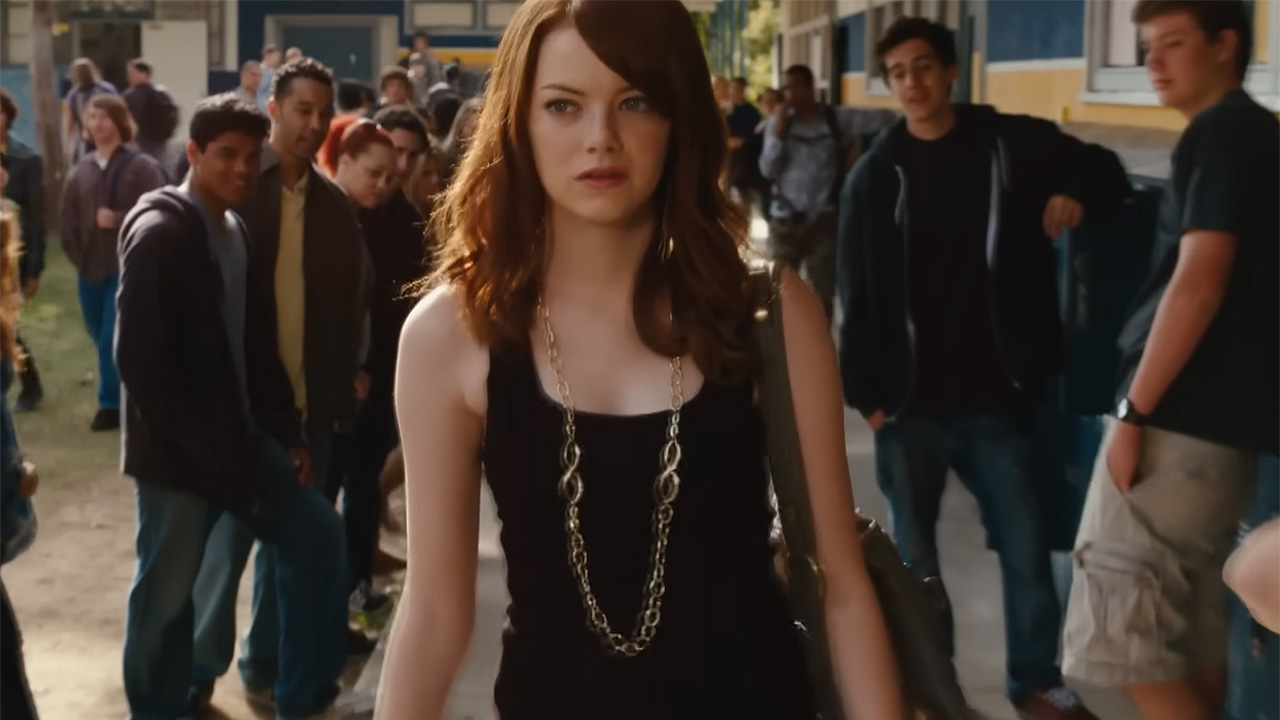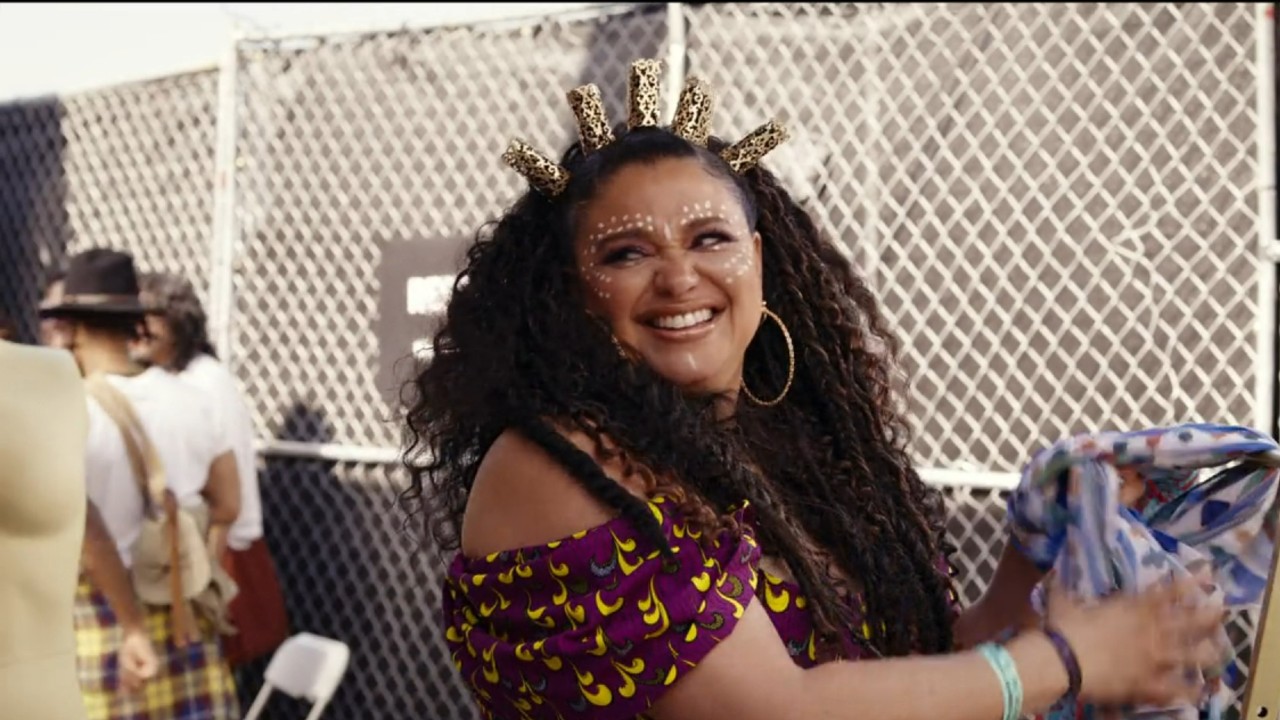The Story Behind Why All Those Atari E.T. Video Games Ended Up In A Landfill
An urban legend becomes well contextualized fact.
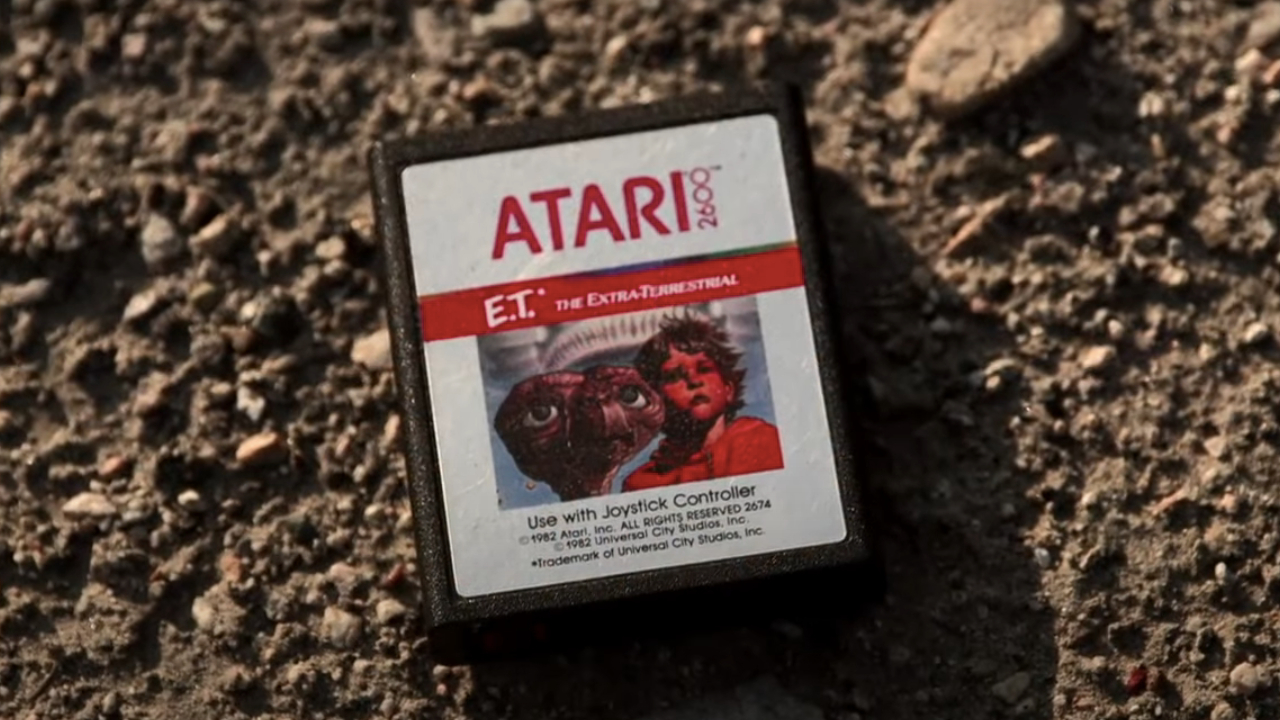
Over 40 years later, the success of E.T. the Extra-Terrestrial keeps it cemented as an iconic classic. The legacy of Steven Spielberg’s heartwarming alien tale continues to see audiences laugh, cry and cheer throughout the journey of young Elliot and his friend from another world. But there’s also a bit of a dark side to this story, and no, I’m not talking about that crazy horror movie sequel to E.T. that was once on the table. Oh no, it’s time to talk about E.T. the Extra-Terrestrial and its infamous video game.
More specifically, we’re here to discuss the incident that saw copies of that game buried in a landfill in New Mexico. It’s a story that’s infamous, but a bit misrepresented depending on where and when you read it. So let’s blow the dust off our cartridge and dig into the truth behind E.T.’s legendary video game and what happened that resulted in it being buried several feet under ground.
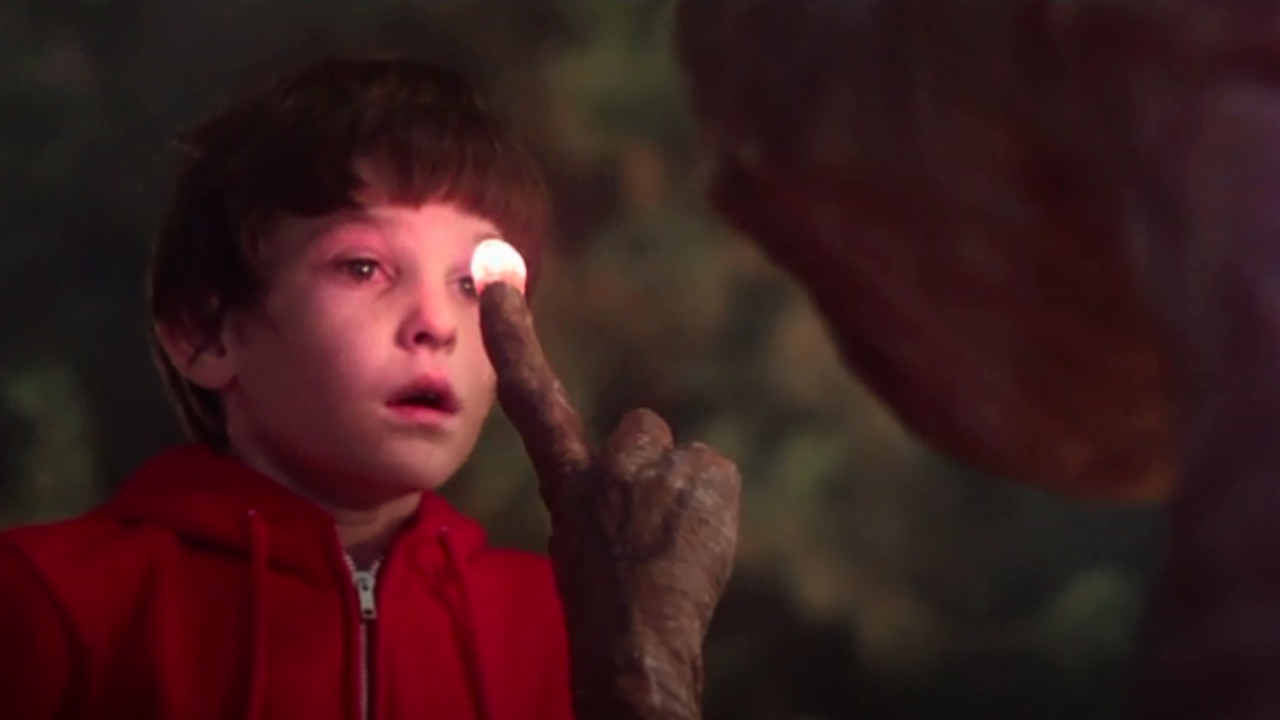
June 1982 - E.T. The Extra-terrestrial And Atari Are On Top Of The World
In 1982, the world of entertainment saw two of the key subjects in this story riding high. When Steven Spielberg’s E.T. the Extra-Terrestrial opened, it buried movies that would also be regarded among the best sci-fi movies of all time. Titles like Tron, The Thing and Blade Runner all struggled at the box office under the might of a Reese’s Pieces-loving visitor from another world.
No one could have seen it coming, but June 11, 1982 was a red letter day that kicked off a campaign that saw the movie staying in the #1 spot until Return of the Jedi came to theaters in May 1983 (via Box Office Mojo). Meanwhile, Atari and its 2600 home console brought arcade favorites into the living room, and the video game company was ready to keep that train rolling.
With E.T. blazing a path in theaters, Atari paid $22 million for the privilege to turn 1982’s massive hit into a video game smash. The company’s previous efforts adapting Raiders of the Lost Ark further emboldened them to not only take on the job, but also to hire a specific person to make it happen.
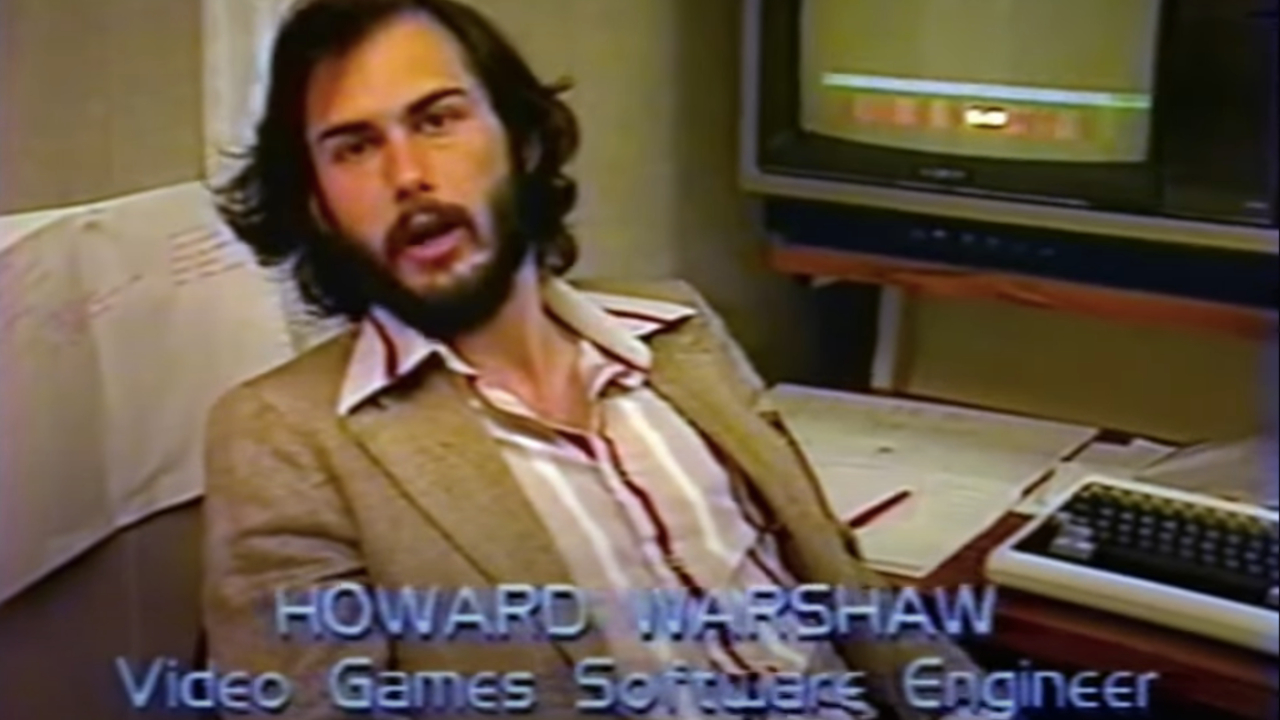
July 1982 - Howard Scott Warshaw Is Hired To Make The E.T. Game… In Just Five Weeks
After his work on the Raiders of the Lost Ark Atari game, programmer Howard Scott Warshaw was hired to recapture the magic of yet another Spielberg hit. The only problem was he needed to do it in a much shorter time span than usual. The man himself admitted as much. In a 2005 interview with The A.V Club, Warshaw explained the following whirlwind that saw him land the honors:
…at the end of July, around July 27 or 28, I get a call saying, "Hey, can you do E.T. in, like, five weeks?" No one had ever done a game in less than six months or so. They needed someone who could do the game really fast, and Spielberg wanted me to do the game, because he liked me, and he thought Raiders was cool, and he liked Yars' Revenge. The people, the managers, thought that nobody else could really pull it off.
Atari and Howard Scott Warshaw made what he called the $22 million bet” in the 2014 documentary Atari: Game Over, and E.T. was canonized in Atari history. With Steven Spielberg approving of the finished product, Warshaw seemed to have made the impossible possible... and then the game actually hit shelves.
CINEMABLEND NEWSLETTER
Your Daily Blend of Entertainment News
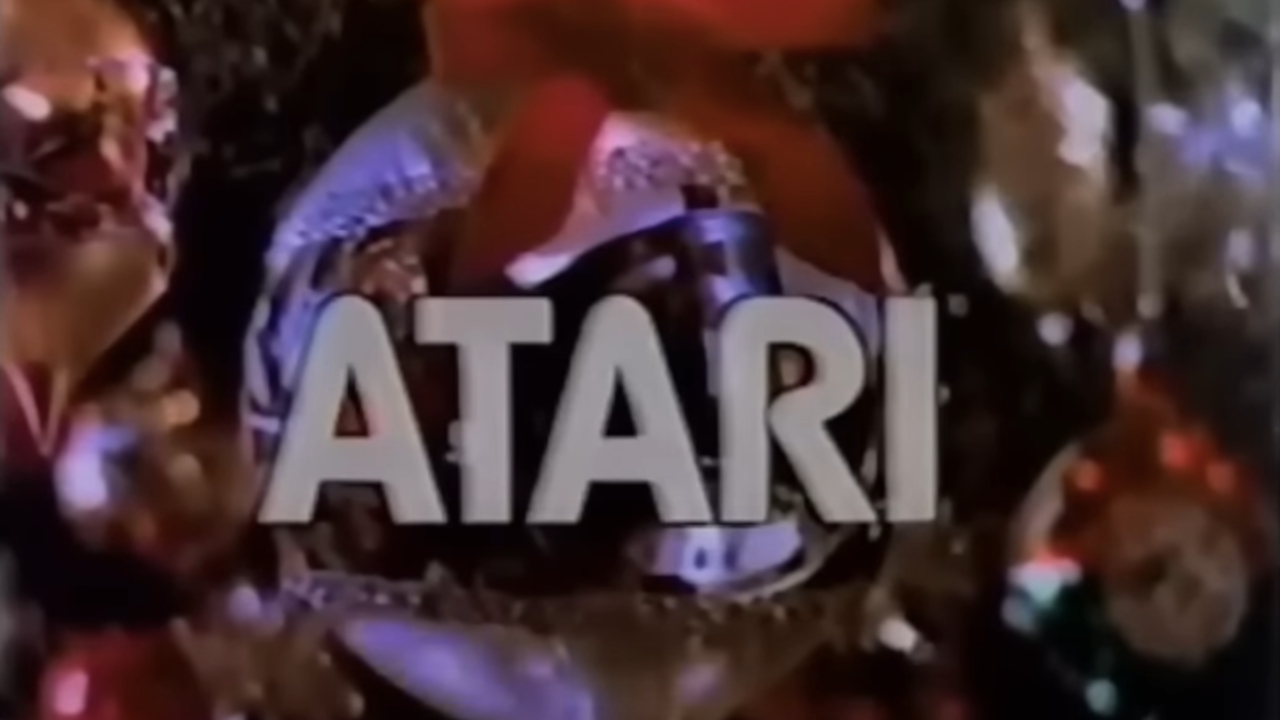
December 1982 - E.T. The Extra-terrestrial Atari Game Hits Stores, And Flops Hard
So why was there such a rush to get E.T. the Extra-Terrestrial into the Atari 2600 consoles of the world? Well, when you have a movie that wouldn’t be knocked off the top spot of the box office for a while, striking while the iron is hot is important. Also, the game needed to go to print in September if there was any hope of having enough copies to meet the potentially massive demand.
Howard Scott Warshaw and Atari were dead set on getting the game adaptation into stores for Christmas 1982, and that’s what ended up happening. With a marketing campaign that included adorable TV spots like the one included below, E.T. was about to come home in a special way.
Sadly, the final product was considered a huge dud. E.T. the Extra-Terrestrial's video game adaptation was panned by players, which happened around the same time that Atari, as a company, was on the downswing. In a news report cited in Atari: Game Over, the company went from poster child of digital success to a firm that Dan Rather reported “total losses…of more than half a billion dollars.”
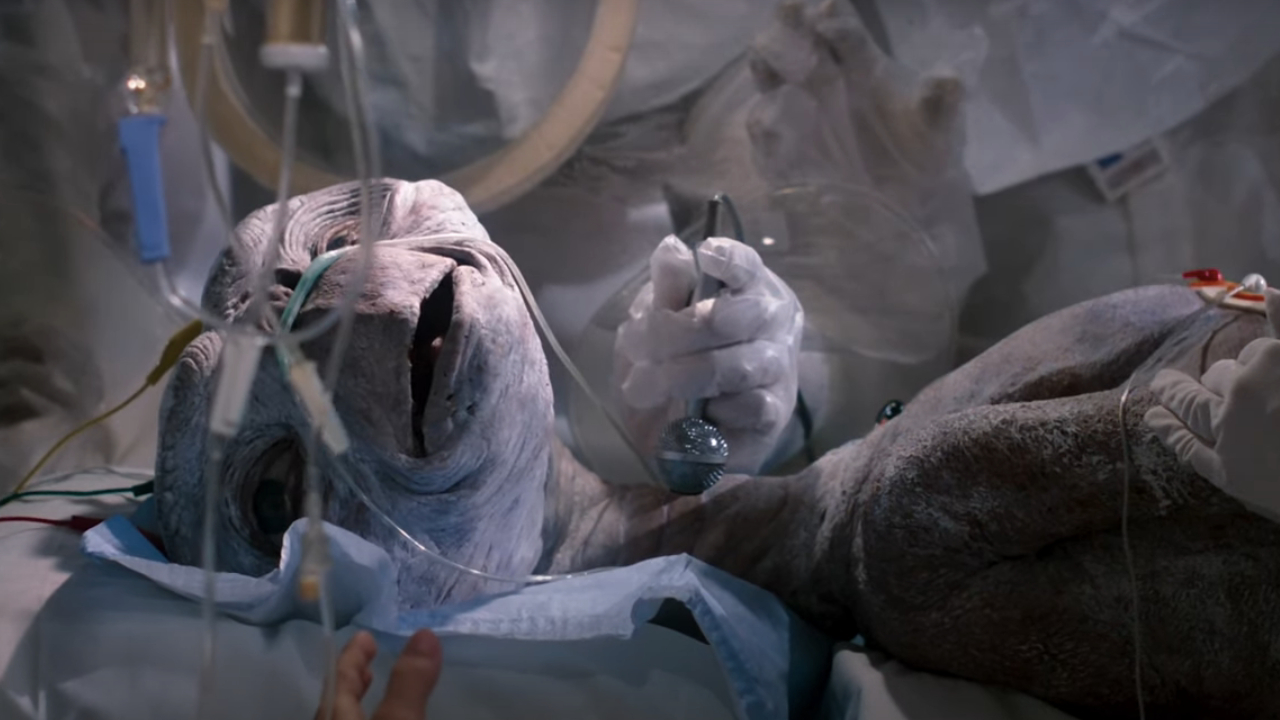
September 1983 - Atari Buries E.T., And Much More, In The Alamogordo City Landfill
The halcyon days of Atari’s hold on the video game industry were numbered, and part of that downfall meant downsizing. By September of the following year, with an Atari production plant in El Paso, Texas being converted into a recycling center, a bunch of excess product was being shipped off to New Mexico to be buried in the Alamogordo City Landfill.
In a 1983 report from The New York Times, the video game industry was reported as “gone sour.” All told “14 truckloads of discarded game cartridges and other computer equipment” were buried, which to some seemed to resemble Atari’s hubris and downfall. What’s even crazier is that over time, the story mutated into something that squarely focused on E.T. the Extra-Terrestrial’s part in the tale.
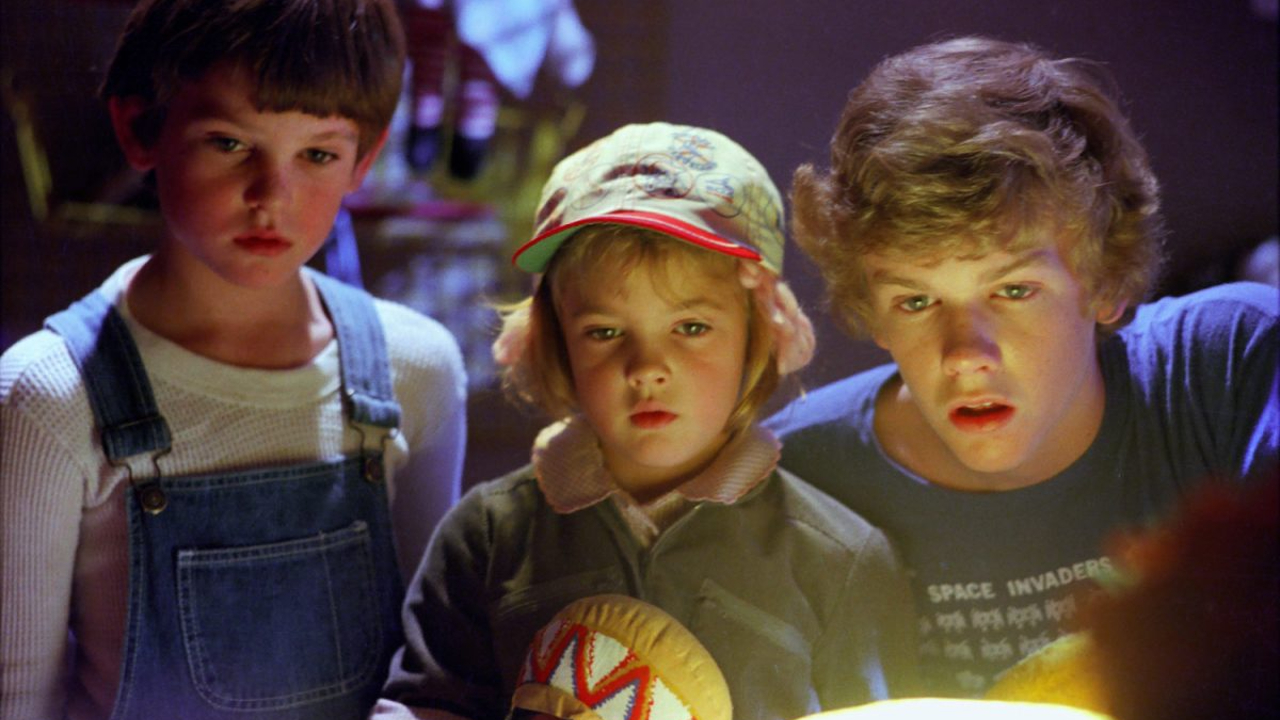
1983 - 2014 - The Atari Graveyard Becomes Urban Legend
E.T.’s video game failure was so mythic that over time, the story behind the Atari Graveyard became a myth that even I partially bought into. In the years that followed, people started to state that the entire burial effort comprised of just the copies of E.T. that no one wanted. Seeing it was considered the alleged game that killed Atari, it was an easy story to buy into.
But over the years, people like author Marty Goldberg sought to rehabilitate that story in the public eye. As the co-author of Atari Inc.: Business is Fun, Goldberg gave an interview to P.C. Mag in 2013 to promote that book’s release. That gave him the perfect platform to say the following:
The dump there was simply a clearing out of Atari's Texas manufacturing plant as it transitioned to automated production methods and a focus on personal computer manufacturing. … As part of the transition, the unused cartridge stock of a group of titles (not just E.T.), console parts, and computer parts were all dumped there in New Mexico. It was covered in detail by the Alamogordo press at the time, and is just such a non-mystery that I'm surprised by all this.
So while there definitely were copies of E.T. the Extra-Terrestrial buried in a landfill, it wasn’t merely a graveyard to that single title. It wouldn’t be too much longer before the truth would be literally excavated in New Mexico once and for all.
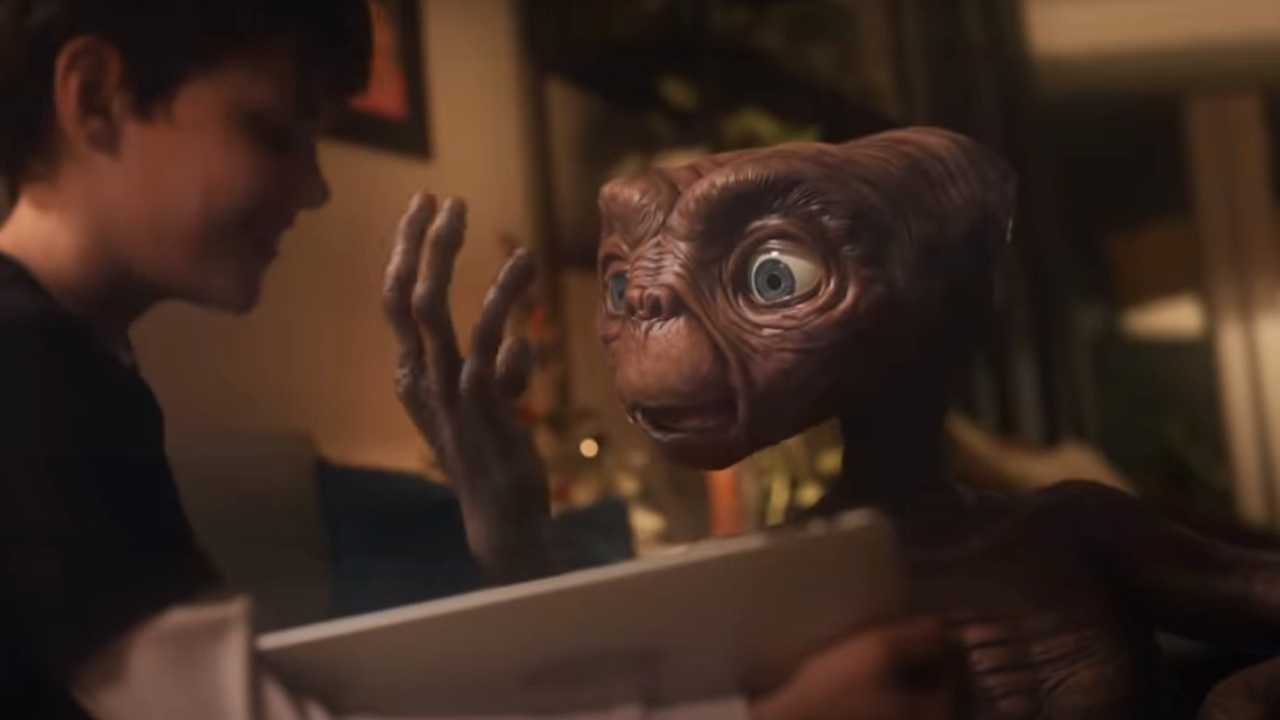
April 26, 2014 - The Atari Graveyard Is Excavated
As reinforced throughout the story told by Atari: Game Over, the urban legend of E.T. being such a massive dud that it had to be buried was not true at all. The mass excavation of the Alamagordo City Landfill on April 26, 2014 proved that once and for all.
Revealing everything from joysticks to full, in-box and intact games, Howard Scott Warshaw's creation wasn't the sole occupant of this burial ground. Urban legend was debunked, replaced once again by actual fact. Putting things into perspective, director Zak Penn’s documentary recapped the findings with this added context:
So the legend of the burial was true. Or was it? When the archeologists catalogued all the games, there were a bunch of E.T. cartridges, but nowhere near the millions that were such a part of the legend. In fact, E.T. made up about 10% of the total games found. The rest included some of the best games ever made: Defender and Centipede, and Yar’s Revenge. There was even one copy of Adventure. … The burial wasn’t a cover up, or done out of shame. It was a warehouse dump done by a company in financial distress.
E.T. the Extra-Terrestrial was somewhat vindicated, as its mythic history of failure wasn’t the cause of Atari’s destruction, nor was it a title so bad it alone had to be buried in a landfill in New Mexico. Ultimately, it all came down to a perfect storm of bad timing that suggested the contrary, and it only took 31 years to set the record straight.
Time healed those wounds, and video games based on movies would continue to exist. Both the good and the bad would come out of that reality, and as we saw in the Jurassic Park universe, Steven Spielberg’s movies could actually be made into solid video games.
Whether or not anyone will try that sort of thing with E.T. again in the future has yet to be seen. Though there were a couple of attempts on consoles like the PlayStation 2 that, while being bad, never reached the icon status the Atari 2600 game attained. However, there’s always a chance that someone may rediscover this '80s relic and play it for themselves, only to walk away and say “I think I can do better.”

Mike Reyes is the Senior Movie Contributor at CinemaBlend, though that title’s more of a guideline really. Passionate about entertainment since grade school, the movies have always held a special place in his life, which explains his current occupation. Mike graduated from Drew University with a Bachelor’s Degree in Political Science, but swore off of running for public office a long time ago. Mike's expertise ranges from James Bond to everything Alita, making for a brilliantly eclectic resume. He fights for the user.
